What is the tolerance range of precision screws?
What is the tolerance range of precision screws?
Service Hotline
+86760-8787 8587We have more than ten years of experience in the production of screw industry, the main products are: tapered pin shaft, 6-column coupling, cube-fixed six-hole nut, percussive flat cap Liuding blind rivet, hexagonal head reinforcement bolt, motor hardware with thick rod Screws, Cylindrical Pins, Round Cup Screws, Industrial Aluminum Profile Bolts, Titanium Hexagon Screws, Anti-loosening Embossed Anti-skid, A-Class Small Flat Washers, U-shaped Snap Screws, Welding Screws, JISB1180 Screws, Pulling Female Screw Connectors Fasteners such as nuts and bolts have different prices due to different product materials and specifications. Please contact us if you need them.


Washers are divided into: flat washer-C, large washer-A and C, extra large washer-C, small washer-A, flat washer-A, flat washer-chamfer-A, steel structure high Strength washer, spherical washer, cone washer, square bevel washer for I-beam, square bevel washer for channel steel, standard spring washer, light spring washer, heavy spring washer, internal tooth lock washer, internal serrated lock washer, External tooth lock washer, external tooth lock washer, single ear stop washer, double ear stop washer, outer tongue stop washer, stop washer for round nut.
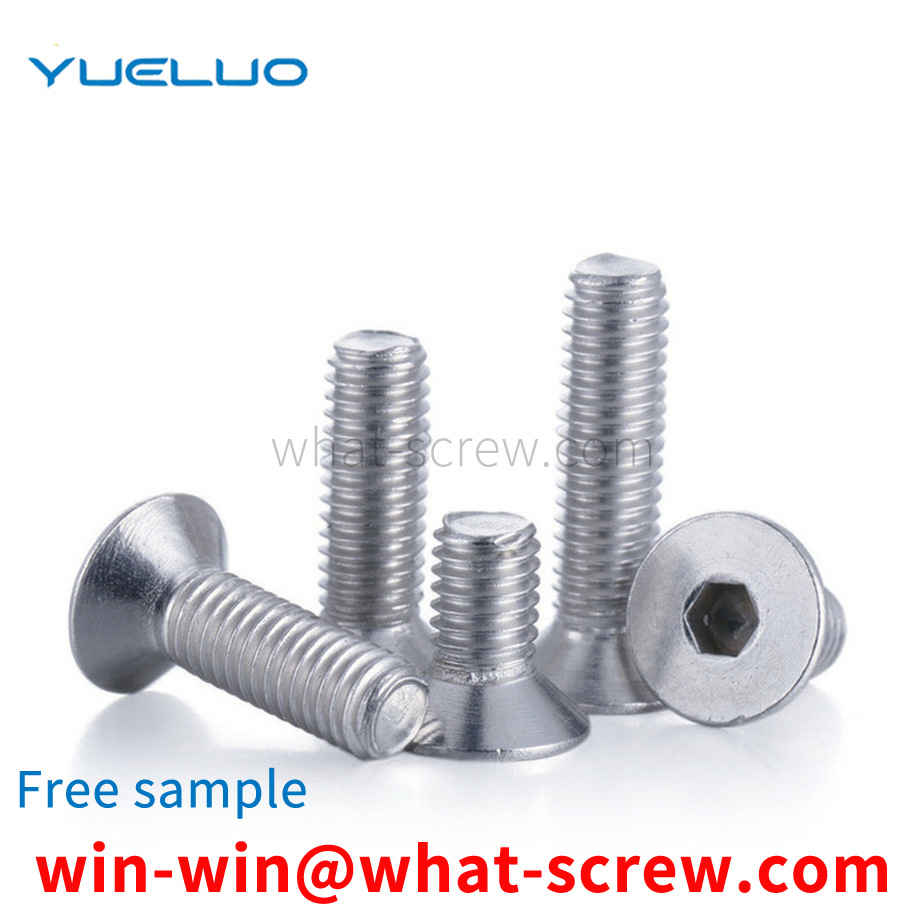
A screw suitable for a variety of tools is a single-structure threaded part, including a screw body and a screw head. The outer surface of the screw body is processed with an external thread 1, and the outer side of the screw head is formed by six screw heads. Prismatic, the top surface of each edge of the outer hexagonal prism is a boss, between each boss is an end face groove 4, and the middle of each boss is provided with an end face hole 3; the inner side of the screw head is formed by six screw heads. The side surface 5 forms an inner hexagonal prism hole, and the bottom of the inner hexagonal prism hole is processed with a cross groove 10 .
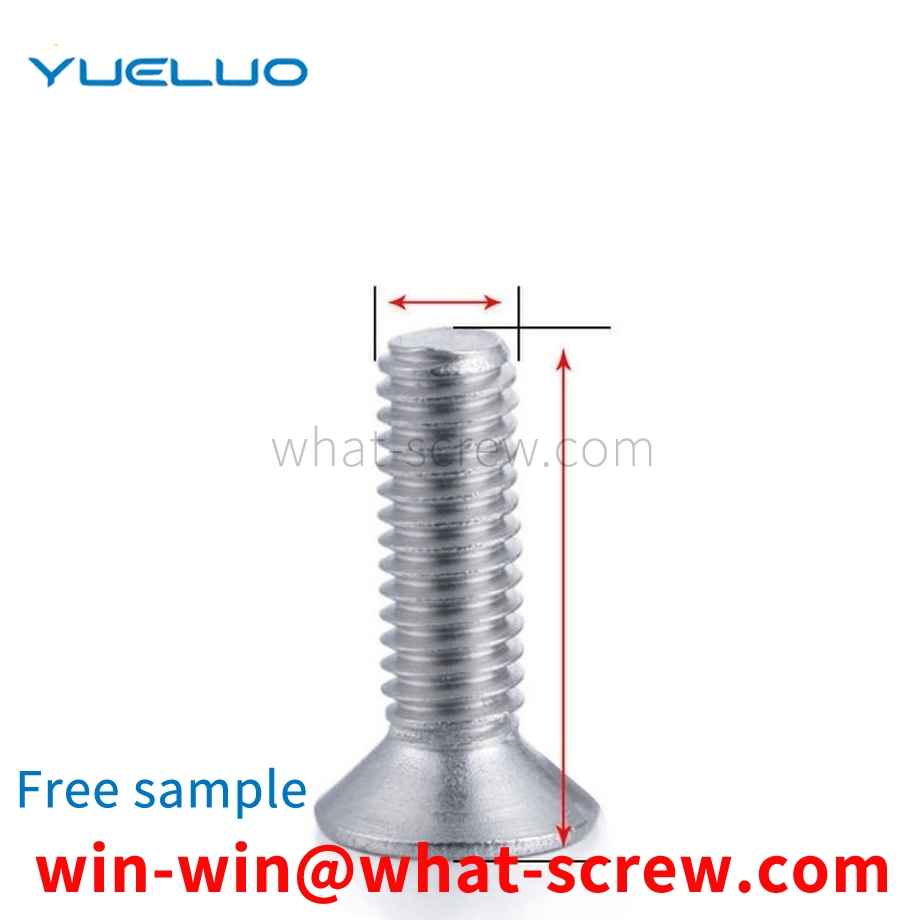
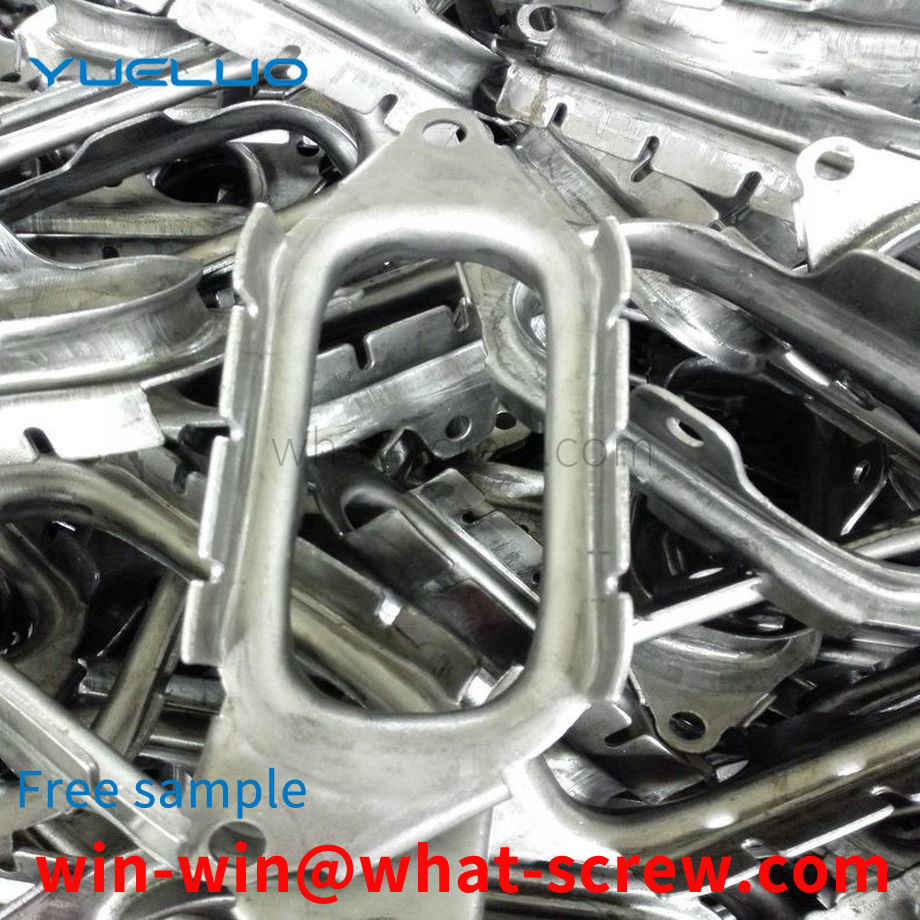
1. The taper of the reaming hole should be 90°. It should be guaranteed that it should be less than 90° rather than greater than 90°. This is a key trick. 2. If the thickness of the sheet metal is less than the thickness of the head of the countersunk head screw, you can replace the screw with a smaller size, or it is better to ream a smaller hole instead of reaming the hole to increase the diameter of the bottom hole and cause the parts to not be pressed tightly. 3. If there are multiple countersunk head screw holes on the part, it should be processed more accurately. Once it is drilled crookedly, it will be ugly to assemble, but as long as the error is not large, it can be tightened completely, because when tightening, if the diameter of the screw is not very large. Large (about no more than 8mm), when there is an error in the hole distance, the screw head will be deformed due to the force when it is tightened or it will be tightened.
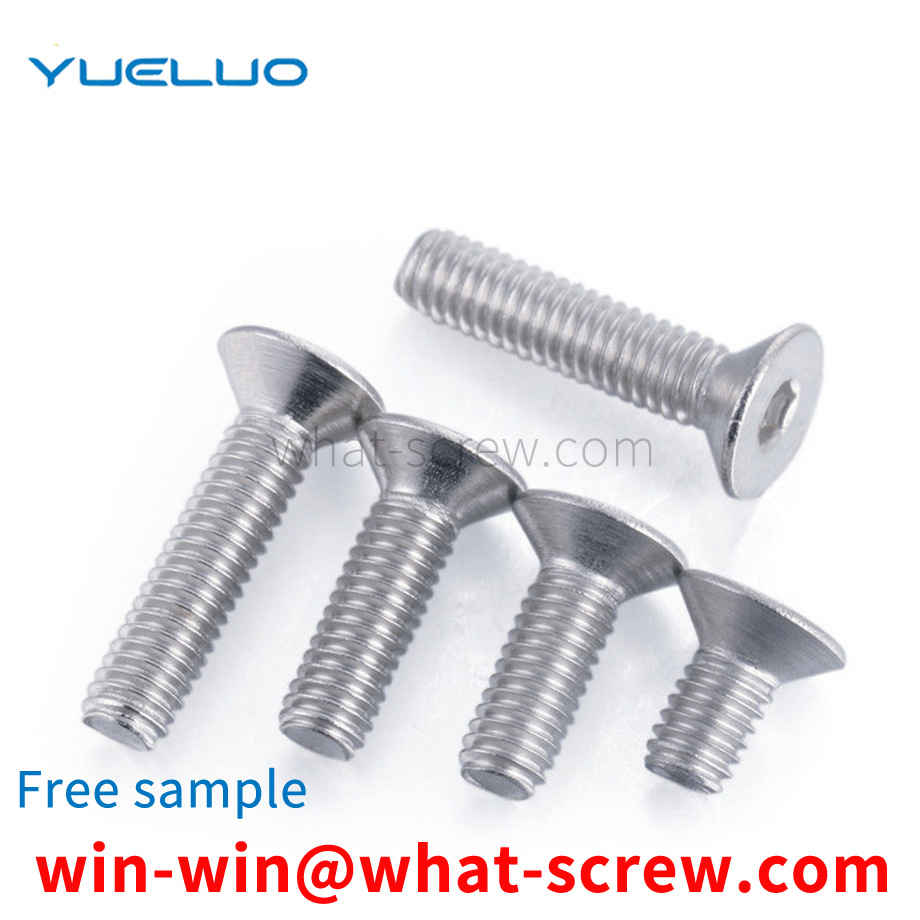
The existing method of tightening large screws is generally 1. After the nut is screwed to the connected piece by hammering + nut angle method, use a casing to connect the lever arm of the wrench, or use a free hammer to hammer the plate handle, Rotate the nut an additional angle to obtain the required preload. This is not only a primitive and labor-intensive fastening method, but also has great limitations, such as limited space, or the screw itself is a rotating shaft and so on, it is difficult to use this method.
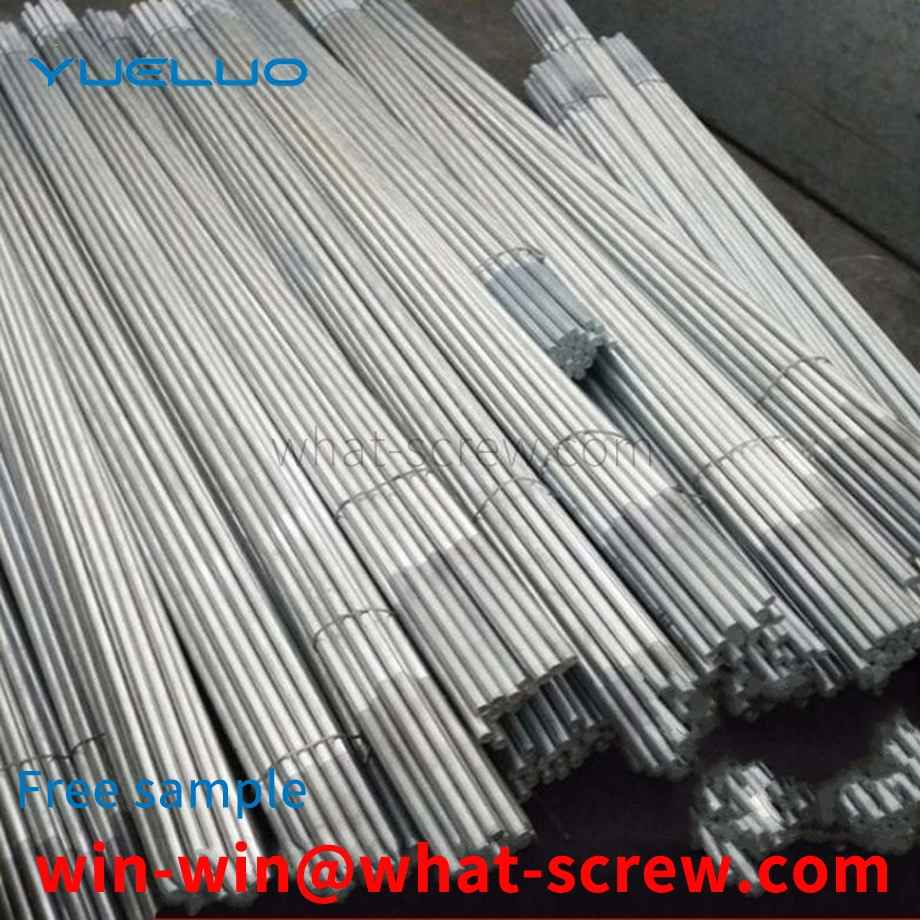
The above content is uploaded by Yueluo or the Internet. If there is any copyright issue, please contact [email protected].

What is the tolerance range of precision screws?

How to choose the right stainless steel screw manufacturer?

Why is there an R angle under the head of the hexagon head s...

We have more than ten years of production experience in the ...

We have more than ten years of experience in the production ...

We have more than ten years of experience in the production ...

We have more than ten years of experience in screw industry ...